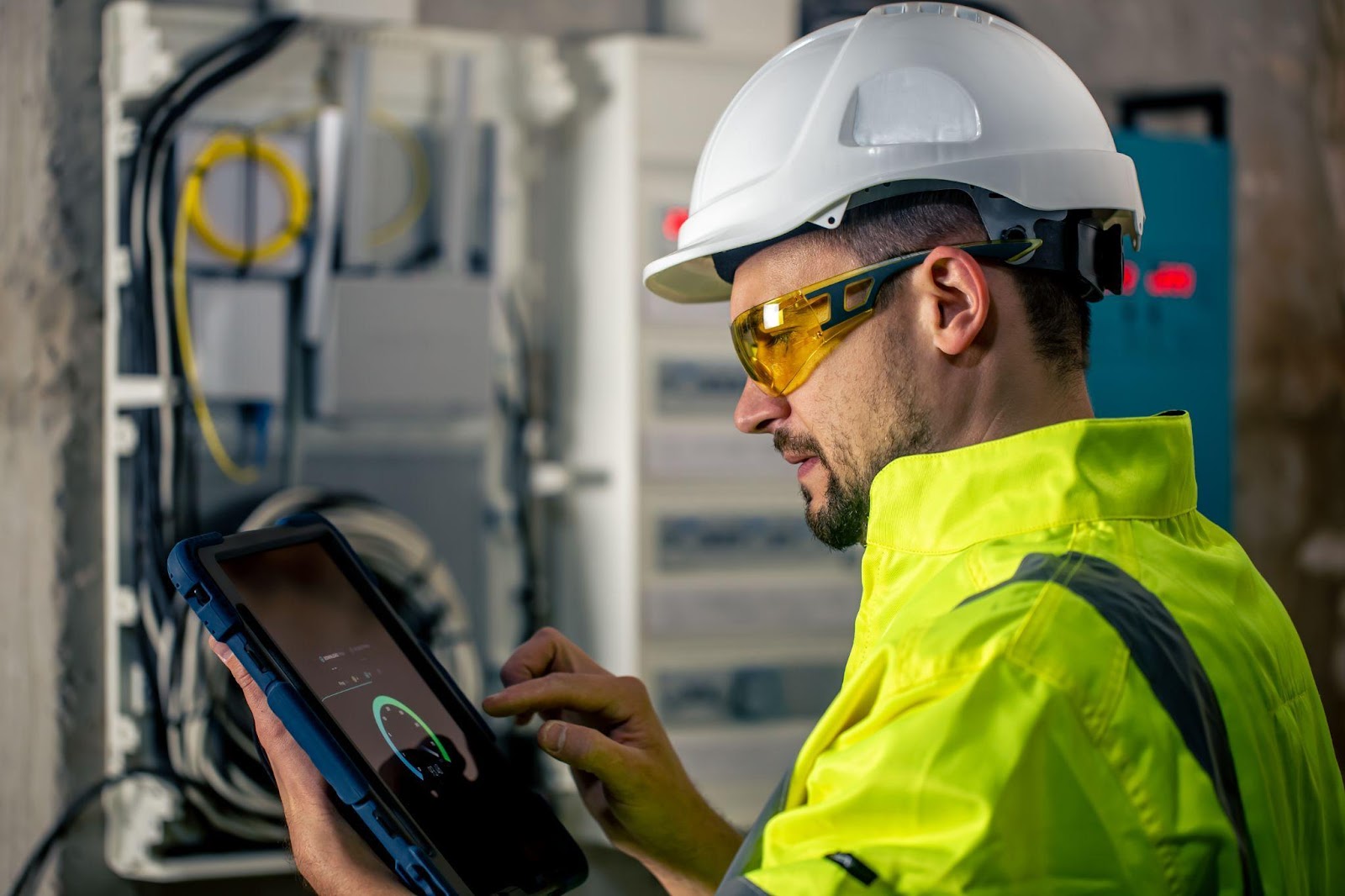Why Air Quality Testing Is Becoming Mandatory in More Council Projects

Governments and councils in Australia have enforced stricter standards for environmental management. The concern is regarding the impact of the environment on public health and development.
Tasks like the construction of buildings, urban development, and infrastructure development all have an impact on air quality. This has been something that has raised concerns for the government. This blog will explore the causes of these concerns.
What Is Air Quality Testing?
Air quality testing usually involves the analysis of air samples that determine the amount of pollutants and harmful contaminating agents present in the air. Thus, this testing also determines how the pollution-causing elements in the air can cause sensitivities, allergies, and illnesses.
Some of the most common pollutants that the air quality testing is performed to identify are CO2, NO2, PM2.5, VOCs, and so on. Asbestos air monitoring is also a part of this system, as asbestos in the air can cause damage to the lungs when inhaled.
There are different methods of air quality testing that are used to monitor how breathable the air is for people. These methods consist of:
- On-site sensor methods
- Laboratory sampling methods such as high-volume sampling, canister sampling, sorbent tube sampling, and so on.
- Continuous monitoring systems, including monitoring stations and automated analyzers.
Why Councils Are Making Air Quality Testing Mandatory
Local government bodies in Australia, or councils, have started to focus on the importance of air quality testing, leading to it becoming mandatory. So, why has this step been taken? A key reason for this can be attributed to the increasing awareness regarding how poor air quality can cause adverse health impacts.
These adverse impacts can include heart disease, chronic obstructive pulmonary disease, lung cancer, pneumonia, or even stroke.
Moreover, with many countries across the world taking up sustainability initiatives, including Australia, these local councils are feeling the pressure to meet standards for environmental protection.
Schemes like the Australian Carbon Credit Unit (ACCU), Climate Active, and Renewable Energy Target (RET) are considered by the Australian government as environmental protection standards against harmful emissions. It is to appropriately respond to these initiatives that focus on local bodies.
It is these national commitments that have led local governing bodies to realize that checking and moderating air quality levels is mandatory.
Many of them have focused on monitoring a common harmful element available in construction materials that can adversely impact the air quality- asbestos. In fact, asbestos consultants are recommended in residential and commercial building projects to moderate the application of this dangerous element.
Council Projects Where Testing Is Now Required
Based on the importance of air quality testing, many projects have been mandated by the Australian councils to practice air quality testing. Here is a list of the projects:
| Type of Project | Why Testing is Crucial |
| Development of New Housing Projects | Ensuring living standards and compliance with environmental protection standards |
| Road Infrastructure Projects | Monitoring and moderating emissions from vehicles |
| School or Hospital Building Construction Projects | The protection of vulnerable groups such as children, the elderly, and individuals suffering from health challenges |
| Waste Management Sites | The detection of hazardous emissions from the gathered wastes |
| Urban Renewal Projects | Comparing the air quality in pre-construction with the post-construction quality |
Table: Council Project Types that Mandate Air Quality Tests
In urban renewal projects as well as in new housing projects, another important quality check can include asbestos air testing. Why is that? Because in many older building projects, asbestos can be found as a key component of building materials.
And since inhaling asbestos fibres can lead to harmful lung diseases, including asbestosis and lung cancer, moderating the amount of asbestos in the air has been considered essential by the councils.
The Broader Benefits of Air Quality Monitoring
Air quality monitoring can help with air quality tracking that helps stack up local air quality to meet national standards. Working on improving the local air quality across different localities can lead to maintaining a balanced air quality index for the entire country.
It helps gather real-time data to help locate the pollution levels within specific zones, especially identifying which of these areas have the highest concentrations. Furthermore, it can lead to an understanding of how effective the air pollution control programs are.
Moreover, hiring asbestos consultants for building projects can lead to moderation in the exposure of the residents to asbestos, leading to the avoidance of long-term and gradual build-up of health complications
Here is a simplified look at some of the broader benefits of air quality monitoring:
- Improvements in overall public health
- Fostering an increment in sustainable urban planning
- Addressing real-time data related to green policy decisions
- The improved propensity for early detection of environmental risks
- Increased transparency with the community, leading to earning the community’s trust
What Happens If Councils Don’t Monitor Air Quality?
So, what if the councils do not monitor the air quality? Can the resulting impacts be too harmful? Or can things keep going at a manageable rate?
Let’s look at some of these risks and answer that question:
- Non-compliance fines are being imposed by the national government for failing to comply with the environmental protection guidelines.
- Communities are getting affected, further leading to local governments being blamed for the inaction that led to this.
- Long-term impact on the health of the communities due to continued exposure to low-quality air, including elements such as CO2, NO2, or even loose strands of asbestos fibre.
- Increase in the costs of environmental recuperation.
Summing Up
As the Australian Central Government has undertaken plans for net-zero emissions and monitoring of the harmful impacts on the environment, the local governments or Councils are starting to focus more on air quality testing. And they have observed that this practice makes way for the protection of public health, supporting sustainability in development, and maintaining regulatory and legal compliance.
Monitor Air Quality to Ensure Long-Term Environmental Sustainability!
If you are undertaking a construction or redevelopment project, why not start with an air quality measurement, which can then turn into a gradual and continuous path towards development? Find a reputable vendor that can offer you services that you find trustworthy, and which can lead to you meeting the long-term requirements in air quality management.




